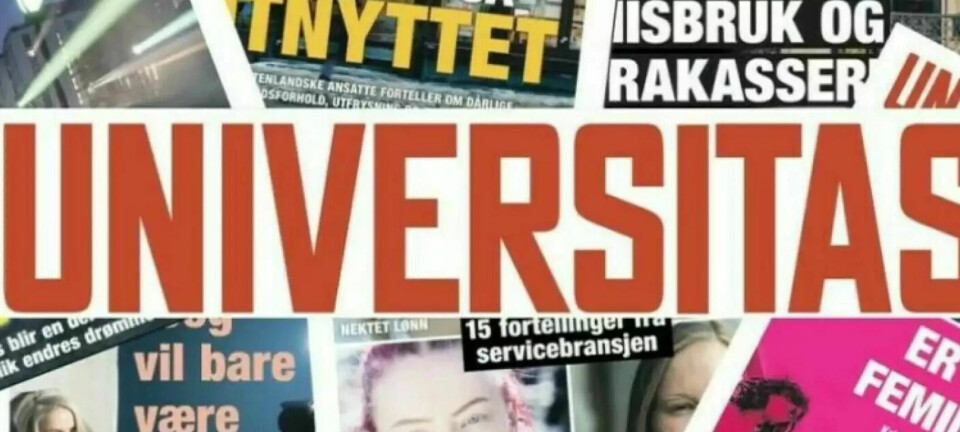
Norway’s dysfunctional democracy
Saksopplysning! What is it with Norwegians and meetings?
My method of running meetings is short and to the point. Some might say I am brutal in how guilelessly I cut people off. I call it efficient. My friends describe me as a dictator, which they say is a joke (though I don’t believe them).
When I was a kid, my idea of adult working life included a lot of meetings. It didn’t help that my dad worked at Microsoft, where there were far too many of them. That might be why I decided that any meetings I had, in whatever capacity, would be necessary and concise.
On the other hand of the spectrum is Norway. I believe Norwegians may have perfected meetings, and elevated them to a banal, meticulous, yet meandering art.
As a member of a board which will remain unnamed, I have become well-versed in the Norwegian meeting system. There is a whole repertoire of hand signals used to indicate intentions. One finger means you have something new to discuss. Two fingers show you have a comment to the discussion, and these will be taken in the order of hands raised (unless the leader is feeling rebellious or wants to play God). Hands in a «time out» sign does not in fact mean time out, but rather this person has some new information to add which no one else has been privy to up until now, potentially rendering the entire discussion pointless.
Are Norwegians simply too focused on being fair?
As I have navigated the rules of Norway, written, unwritten, and unintelligible, I’ve realized this is the ultimate in Norwegian so-called organization: to have as many guidelines as possible, ultimately making the process only more complicated, painful, and drawn-out than it needs to be. Acquiring a visa comes to mind as another example.
In my extended puzzling over why this is the state of affairs, I hit upon a possibility: are Norwegians simply too focused on being fair? I admire the ingrained belief in «likestilling» (equality) and a well-established «demokratisk sinnelag» (democratic attitude). But this hand signal system only caused me confusion, and seemed to draw discussions out much longer than they warranted. I began to think things had gone too far.
After sending in several points for an upcoming board meeting, I was thanked for my suggestions (though I had sent them past the deadline for such things), but gently informed I should follow the system. This system turned out to be tripartite, and included code letters. I wondered if this was why no one seemed to send in topics for discussion.
Still, there is a noble attempt at fairness in how our mild-mannered board leader allows everyone to contribute. I’m sure he never interrupted anyone mid-sentence, as I have, simply to cut them off. He would only interrupt them to say they needed to allow someone else to speak. Preferably they should use two fingers to show they had a comment – but everyone knows that.
Have you read this? Welcome to Norway – now fill out these forms
What about this one? The Norwegian art of avoidance


































